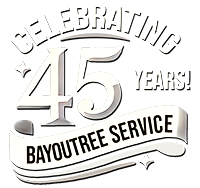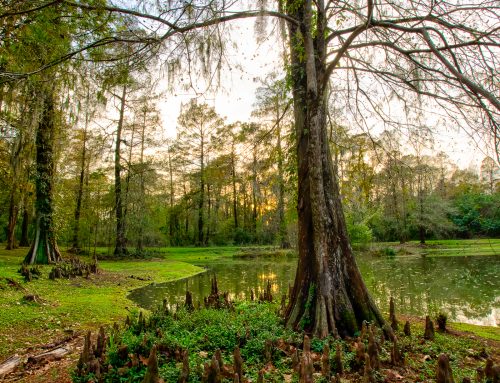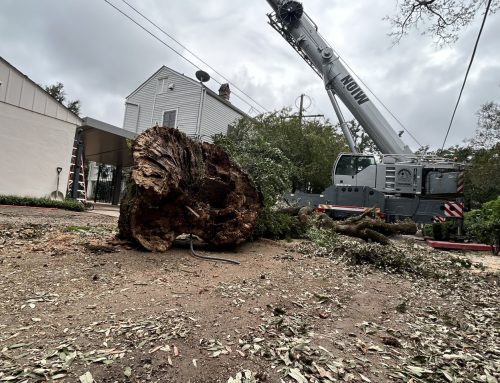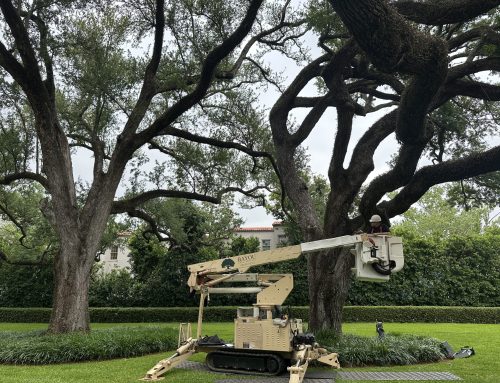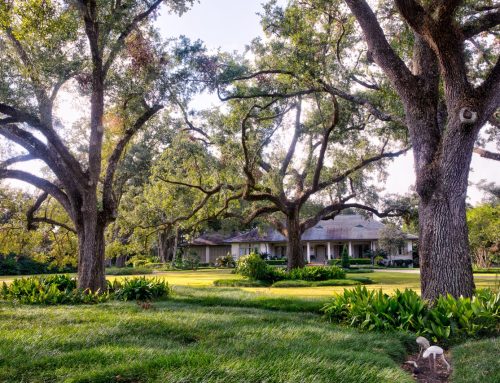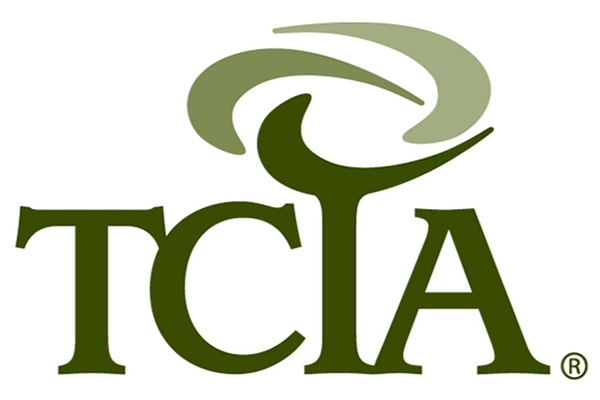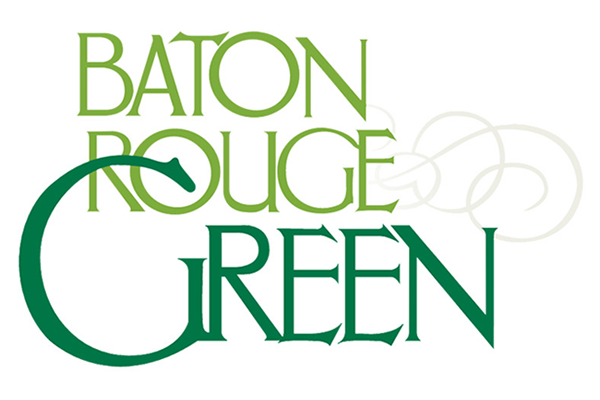Should I Worry if My Crepe Myrtles’ Leaves are Changing Color Before Fall?
At Bayou Tree Service, we are often contacted by concerned tree owners when they notice something different or “off” about their trees. That’s where regular tree maintenance comes in!
One of the most common trees that we get questions about this time of year are actually Crepe Myrtles!
Crepe Myrtles are among the most popular trees decorating homes, commercial, municipal and educational landscapes in New Orleans, Baton Rouge and throughout the southeastern United States. With their signature flowers that bloom in whites, pinks and reds, they are a beautiful sight to behold in southern Louisiana’s hot summer months.
But, have you ever noticed that your Crepe Myrtles’ leaves have black spots, or are changing colors or shedding before the autumn hits?
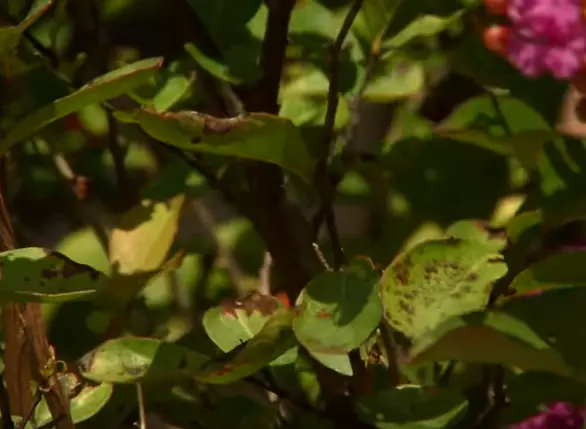
If this is happening to your crepe myrtle trees, are they still healthy?
What Are Those Black Spots?
If you’re noticing black spots on the leaves of your Crepe Myrtles, your trees are experiencing a disease called Cercospora.
Initially displaying dark spots, these leaves eventually turn yellow, orange or red and fall off your trees, well before the hot Louisiana temperatures have dropped and fall has begun. While Cercospora is a known disease of Crepe Myrtle trees, you need not worry.
What Can You Do?
First, if you’ve noticed these telltale signs of Cercospora, the disease has already taken ahold of your tree. There is no reversing it, not even by spraying your trees.
In fact, if a Crepe Myrtle tree owner truly wanted to control Cercospora, he or she would need to spray the tree every 7 to 10 days with a fungicide, from early summer into the fall. That’s simply too much tree maintenance for most Crepe Myrtle owners, especially considering how many of these beauties can be found across our local landscape.
Second, even though Cercospora may cause some unsightly discoloration of your Crepe Myrtle tree leaves, it is not a life-threatening disease.
Trees that are affected with Cercospora can be expected to reach their normal lifespan of more than 50 years!
Third, heavy summer rain showers are known to cause more and more cases of Cercospora in Crepe Myrtle trees. And we all know just how much rain we get in the summer in Louisiana!
You Can Relax ?
The simple fact is, there’s really nothing feasible or worthwhile that you can do to prevent Cercospora from infecting your tree, but since it isn’t life threatening, it truly isn’t something to worry about.
And think about it. With so many Crepe Myrtles planted across the southeastern United States, they are a reliable, long-living tree, despite their tendency to become infected with Cercospora.
If you have a Crepe Myrtle that is displaying another issue, or other types of trees that you think may be diseased, we are happy to inspect them. Call Bayou Tree Service today at (504) 608-0712 in New Orleans, or in Baton Rouge (225) 414-4076.
